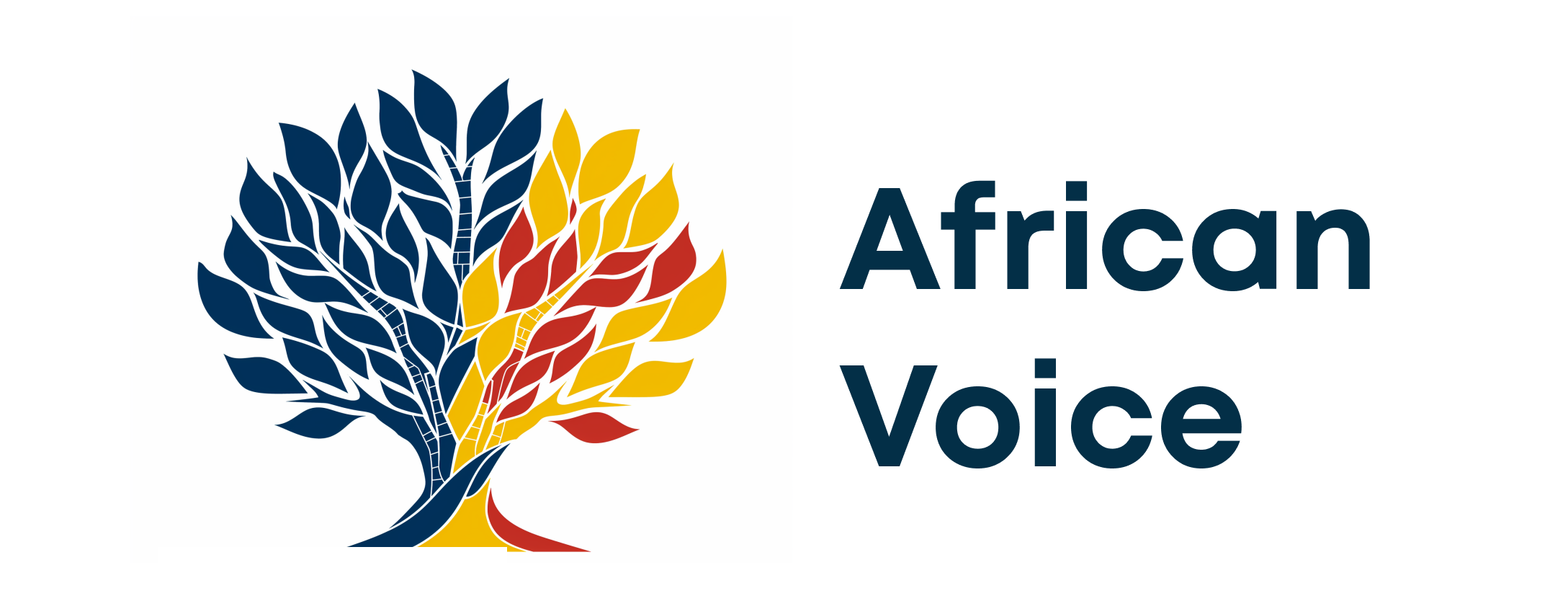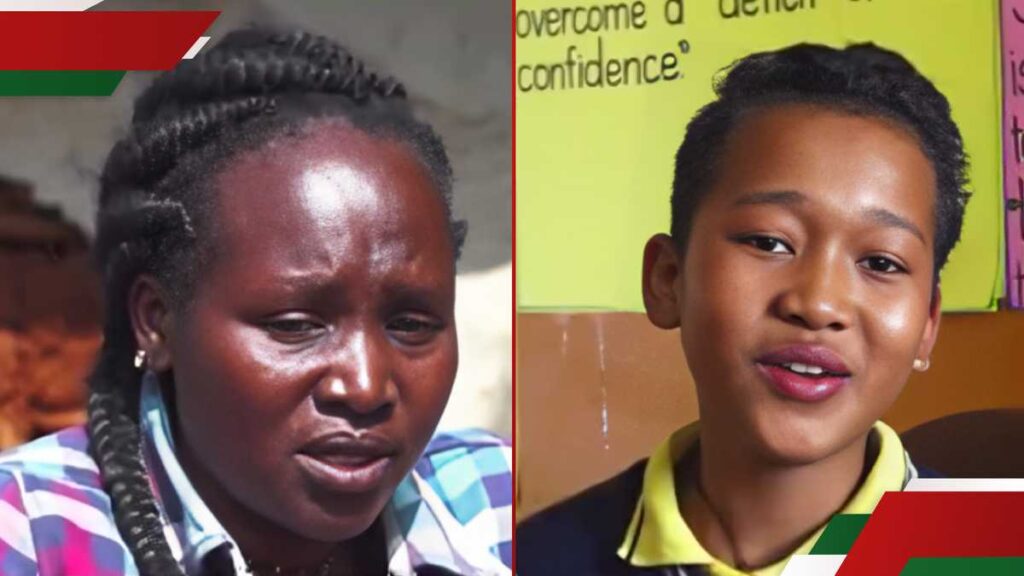They dressed in disguises to avoid malevolent spirits and offered food to appease them. As Christianity spread, Samhain traditions merged with All Saints’ Day and All Souls’ Day, creating a holiday with both sacred and secular roots.
By the 19th century, Irish immigrants had brought Halloween to the United States, which evolved into the festive occasion we know today, complete with costumes, trick-or-treating, and decorations.
Globally, Halloween traditions vary widely
In Mexico, Día de los Muertos (Day of the Dead) celebrates deceased loved ones from October 31 to November 2.
Families build ornate altars, decorate with marigolds, and leave favourite foods of the departed. The celebration includes parades, music, and people dressed as skeletons, creating a vibrant yet reverent approach to honouring the dead.
In Japan, Halloween is more of a commercial spectacle with cosplay parties, parades, and “Halloween trains” that transform Tokyo’s public transport into festive gatherings.
Japanese participants often wear elaborate costumes, drawing from the country’s deep-rooted cosplay culture.
In Haiti, the Voodoo-inspired Fet Gede (Festival of the Dead) on November 1 and 2 honours spirits with rituals, dancing, and offerings in graveyards. It resembles Mardi Gras more than traditional Halloween but carries a similar reverence for the deceased.
European traditions add unique interpretations.
In Italy, La Festa di Ognissanti on November 1 and 2 involves decorating graves with flowers and feasting, while in Scotland and Ireland, Samhain celebrations persist, with festivals, bonfires, and costumes symbolising a deep cultural connection to the ancient traditions that predate modern Halloween.
From the solemn rituals of ancestor worship in Africa and Asia to the colourful festivities in Latin America, Halloween’s worldwide observance reveals its deep cultural adaptability and appeal.
This content was generated by an AI model and verified by the author.

























